AR Target Analysis Report Summary


About the Target
The androgen receptor (AR) plays a crucial role in various physiological processes, including cholesterol biosynthesis, PCa survival, and growth. Simvastatin inhibits HMG-CoA reductase (HMGCR), reducing cellular cholesterol levels and potentially inhibiting AR activity [1]. Abiraterone acetate, on the other hand, inhibits the Cytochrome P450 side chain cleavage enzyme (CYP17A1), leading to reduced AR and AKT activity, which inhibits PCa growth and survival [1].
Testosterone, through the AR, can increase reactive oxygen species (ROS) production and oxidative stress in cardiomyocytes, resulting in cardiomyocyte injury, inflammation, lipid accumulation, and cell death [2]. However, testosterone may also exert antioxidant effects, potentially independent of the AR, by converting to estradiol and increasing the levels of antioxidant enzymes [2]. The oxidative stress level is crucial, as high oxidative stress is associated with negative testosterone effects, while low oxidative stress correlates with testosterone's cardioprotective effects [2].
The AR consists of various functional domains, including DNA binding and ligand binding domains, which play a role in the androgen receptor signaling pathway [3].
In prostate cancer, the hypothalamic-pituitary-testicular axis regulates androgen synthesis, and androgen deprivation therapy (ADT) aims to lower testosterone levels [4]. The use of GnRH agonists or antagonists can suppress androgen secretion from the testes, while combined androgen blockade incorporates the use of an AR antagonist to further impede AR signaling [4]. Abiraterone inhibits CYP17A1, a central enzyme in de novo steroidogenesis, resulting in reduced androgen biosynthesis [4].
Furthermore, the AR can regulate the expression of various genes involved in gastric cancer cell growth and progression [5]. When androgens bind to the AR, they upregulate the expression of miR-125b, which targets pro-apoptosis genes, leading to gastric cancer cell growth [5]. Conversely, the use of AR antagonists competitively binds to the AR, excluding it from the nucleus and inhibiting the AR/miR-125b circuit, favoring apoptosis pathway activation and inhibiting the growth of gastric cancer cells [5].
In summary, the AR plays a crucial role in cholesterol biosynthesis, PCa survival, and growth. Testosterone can induce oxidative stress in cardiomyocytes through the AR, but it may also have antioxidant effects. The AR signaling pathway involves various functional domains, and its inhibition is an important component of ADT in PCa. Lastly, the AR can regulate genes involved in gastric cancer cell growth and progression.
Based on the given context information, here are some key viewpoints related to AR (androgen receptor):
AR is involved in the regulation of gene expression, cellular growth, and tissue development [6].
AR stimulates prostate cancer (PCa) growth through its positive effects on metabolic genes, while its repression of genes that control DNA synthesis and cell cycle progression is circumvented by activated oncogenic pathways [7].
The activation of AR in PC cells can lead to the epithelial mesenchymal transition (EMT), a process associated with PC progression [8].
AR activation in HER+/ER- and TN-BC cells plays a role in regulating proliferation, migration, and invasiveness [9].
The activation and signaling of AR are influenced by various factors, including receptor tyrosine kinases (RTKs) and the PI3K/AKT/mTOR pathway [10].
Overall, AR plays a crucial role in cellular processes, PCa progression, and the spread of certain types of breast cancers. It is subject to complex regulatory mechanisms involving multiple pathways and interactions with other molecules. Further research and modulation of AR activity could have implications for the treatment of these diseases.
Note: The numbered references [number] correspond to the original sources provided in the context information.
Figure [1]
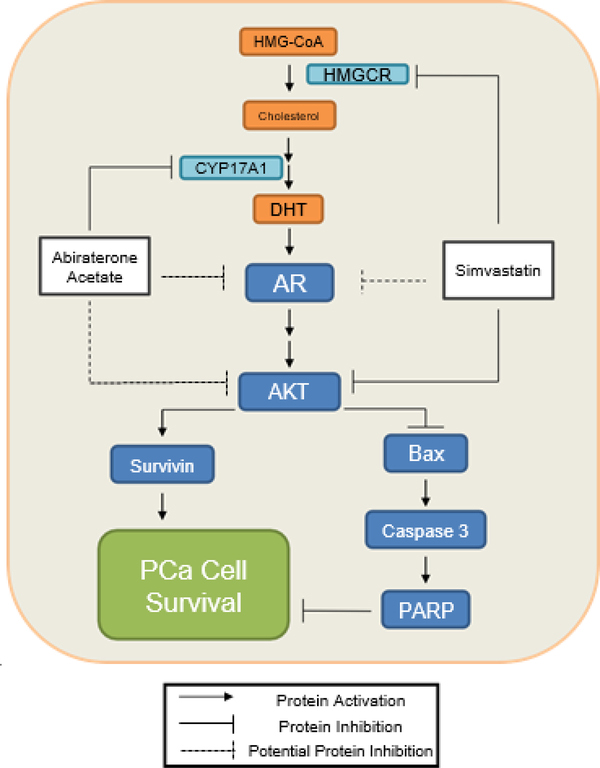
Figure [2]
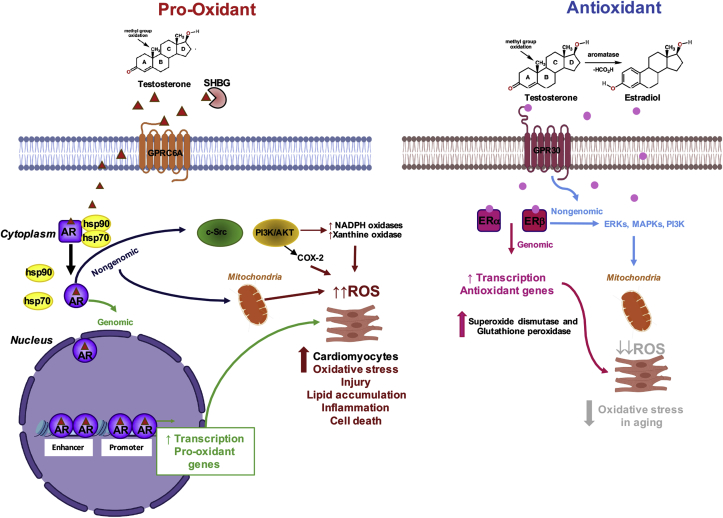
Figure [3]

Figure [4]
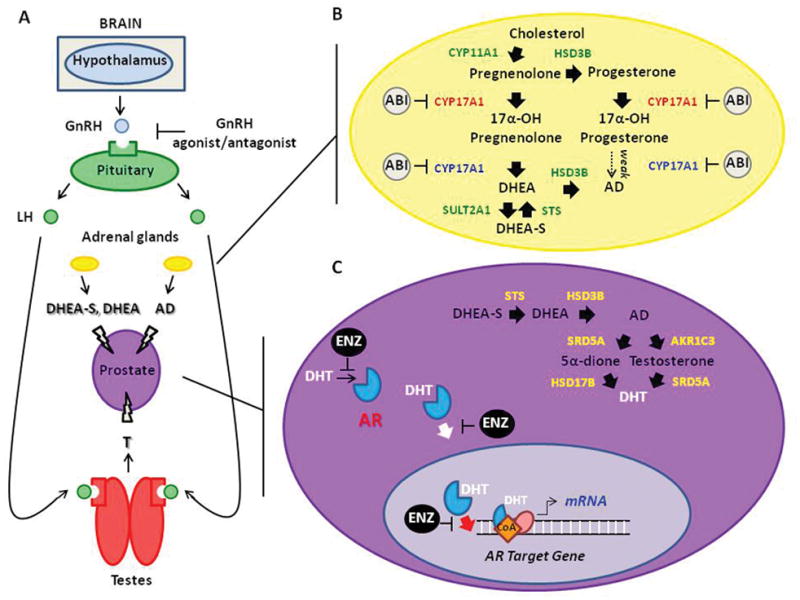
Figure [5]
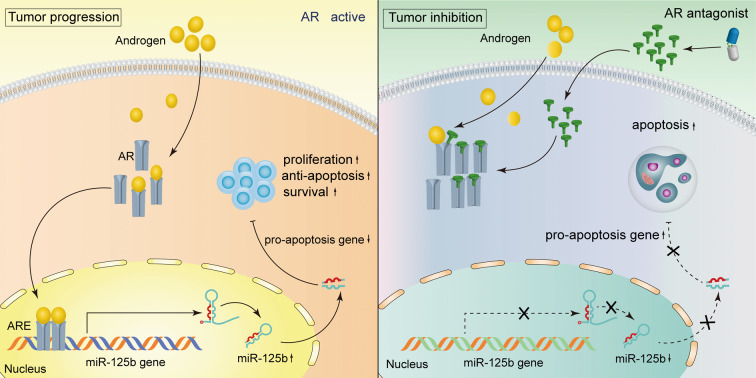
Figure [6]

Figure [7]

Figure [8]

Figure [9]

Figure [10]
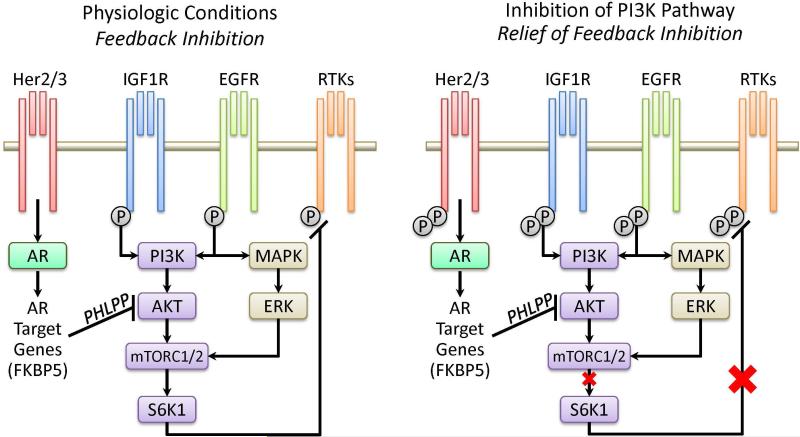
Note: If you are interested in the full version of this target analysis report, or if you'd like to learn how our AI-powered BDE-Chem can design therapeutic molecules to interact with the AR target at a cost 90% lower than traditional approaches, please feel free to contact us at BD@silexon.ai.
More Common Targets
ABCB1 | ABCG2 | ACE2 | AHR | AKT1 | ALK | AR | ATM | BAX | BCL2 | BCL2L1 | BECN1 | BRAF | BRCA1 | CAMP | CASP3 | CASP9 | CCL5 | CCND1 | CD274 | CD4 | CD8A | CDH1 | CDKN1A | CDKN2A | CREB1 | CXCL8 | CXCR4 | DNMT1 | EGF | EGFR | EP300 | ERBB2 | EREG | ESR1 | EZH2 | FN1 | FOXO3 | HDAC9 | HGF | HMGB1 | HSP90AA1 | HSPA4 | HSPA5 | IDO1 | IFNA1 | IGF1 | IGF1R | IL17A | IL6 | INS | JUN | KRAS | MAPK1 | MAPK14 | MAPK3 | MAPK8 | MAPT | MCL1 | MDM2 | MET | MMP9 | MTOR | MYC | NFE2L2 | NLRP3 | NOTCH1 | PARP1 | PCNA | PDCD1 | PLK1 | PRKAA1 | PRKAA2 | PTEN | PTGS2 | PTK2 | RELA | SIRT1 | SLTM | SMAD4 | SOD1 | SQSTM1 | SRC | STAT1 | STAT3 | STAT5A | TAK1 | TERT | TLR4 | TNF | TP53 | TXN | VEGFA | YAP1

